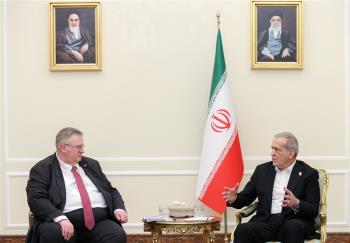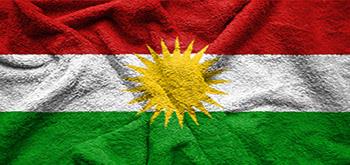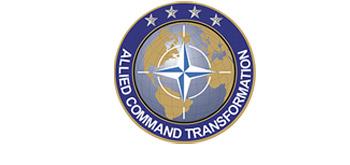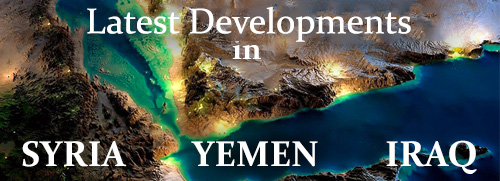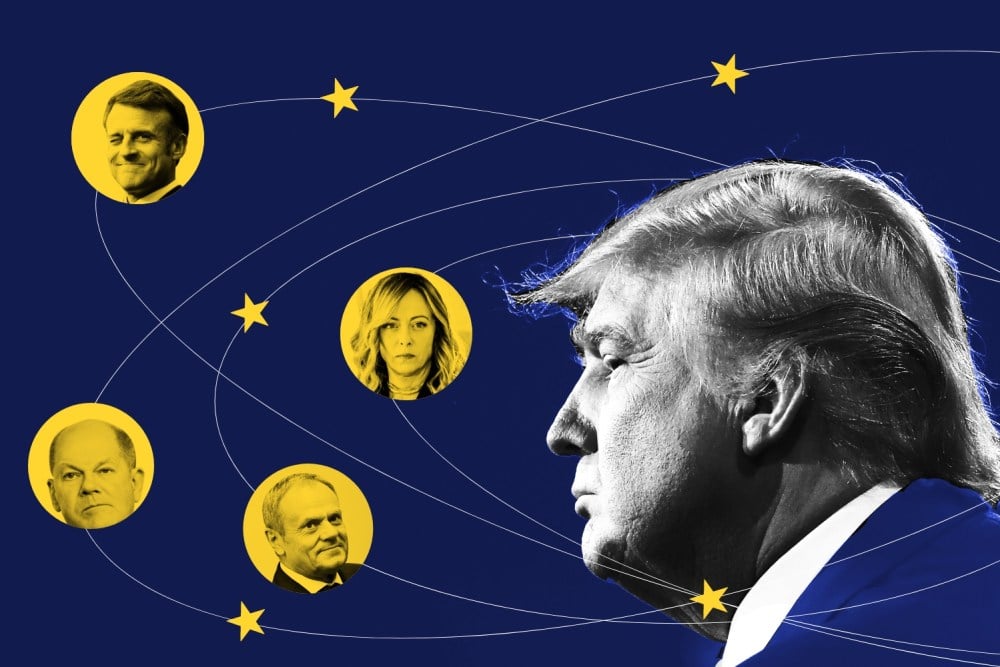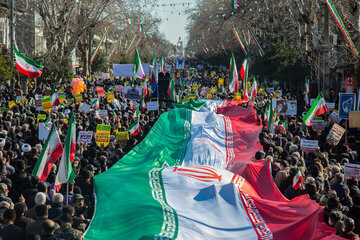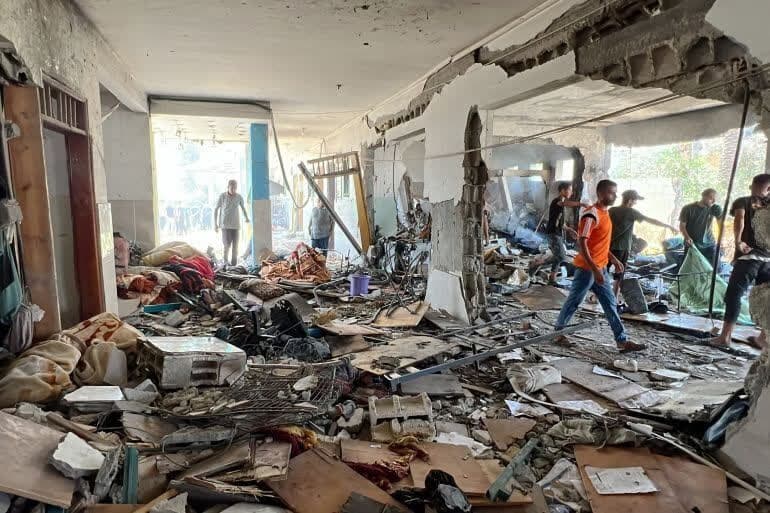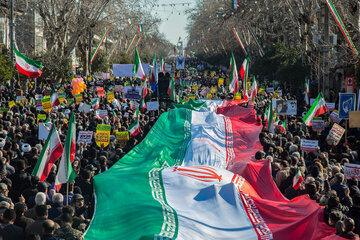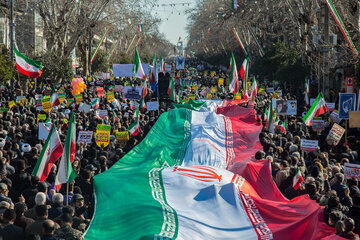Alwaght- Trump's controversial plan to end Ukraine war through agreement with his Russian counterpart Vladimir Putin has worried the European leaders. The US Secretary of State Mark Rubio met on Tuesday a Russian delegation in Saudi Arabia, where he discussed ending the Ukraine war. He described the meeting fruitful.
The Riyadh meeting came after American president last week in a phone conversation with Russian leader agreed to advance talks on Ukraine peace without involvement of the European allies of Washington. Trump said that he may meet Putin in Saudi Arabia. The meeting of Rubio and Russian Foreign Minister Sergey Lavrov was the first of top American and Russian diplomats since the beginning of war in 2022.
Leaving Europe on its own
Donald Trump’s return to power underscores the need for European countries to strengthen their defense capabilities. For more than 75 years, NATO and the United States have provided Europe with security. Today, however, the new US president may withdraw from these guarantees and leave Europe on its own. Trump has openly criticized NATO as a trans-Atlantic alliance and has repeatedly argued that European countries are taking a free ride on the US.
The US excuse for pressuring NATO is that, according to him, European countries do not contribute enough to NATO’s budget and that the bulk of the cost of this military organization falls on the US. In 2014, NATO member states pledged to contribute at least 2 percent of their GDP to NATO’s military budget, but now, more than 10 years later, only 23 of the 32 NATO members have fulfilled their commitment. At the same time, Trump has called on NATO members to allocate 5 percent of their GDP to NATO’s budget, a task that no NATO member has yet fulfilled.
Europe's options against Trump
When the Americans openly engage in talks with Russia over Ukraine and do not even invite Ukrainian officials or any European officials to the talks, they are sending the message that Washington is not going to do anything for Europe's security from now on. On the other hand, Europe's main fear is the possibility of Russia attacking outside Ukraine and other European countries, as media reports also indicate that the US mulls to withdraw some of its troops from Europe. This situation has set off the alarm bells to European security. Now Europe will have several options before it separates from the United States.
European army: Some European countries have put military and strategic autonomy on the agenda with the aim of building sufficient own military power to reduce dependence on the US. Over the past eight years, the European Union's programs have begun to develop military capabilities and power. Some countries, such as France, see the EU-led defense efforts as their goal in creating a single and independent European army as an alternative to the US and are trying to move towards the formation of a single European army. In a report, Foreign Policy magazine described the French proposal to form a single European army as a form of French opportunism and said that France has a long history of opportunistically looking at crises in Europe. What makes the French appear so opportunistic is their Gaullist (General de Gaulle, former French president) desire to lead Europe and use the European Union as a means to serve French interests. At the same time, Paris is not willing to give up its interests, such as turning France's seat on the UN Security Council into a joint EU seat or paying attention to the interests of other European governments. For example, France insists on allocating the EU defense budget only to European military companies, which are mainly French, and this undermines the interests of the people of Northern and Eastern Europe, as it would make these countries the exclusive buyers of French weapons.
Regional bonds: Other European countries, such as Germany, are seeking to strengthen Europe's military capabilities through trans-Atlantic ties. Kaja Kallas, the EU's foreign policy chief, has said that what is needed is not a European army, but 27 European armies that can work together effectively to defend Europe. In this case, it seems that countries like Germany in Europe are trying to move towards trans-Western defense and military alliances. Earlier, German officials even spoke of the possibility of negotiations with Russia.
Europe's challenge for military independence
Though people like NATO Secretary-General Mark Rutte advocate upgrading the European defense power or a kind of European NATO, given the realities on the ground, they are not optimistic. In recent NATO meeting, Rutte said that building full European defense independence takes at least 15 years. European military experts suggest that defense independence requires all European countries to allocate at least up to 8 percent of their GDP to military spending, while currently this figure is up to 2 percent. Therefore, it seems that European defense independence is a tough path and far from being easily achievable.


